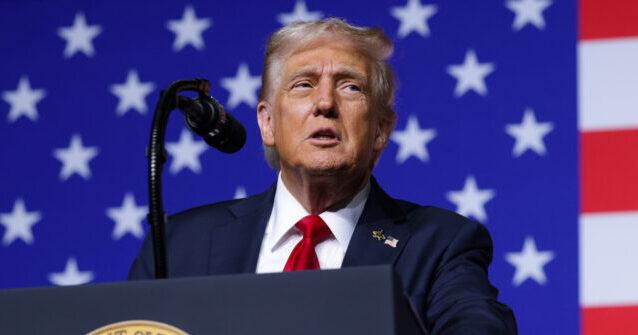President Trump said Friday he saw no reason to meet with Chinese President Xi Jinping and threatened substantial new tariffs on Chinese goods, responding to Beijing’s latest restrictions on rare earth minerals that escalated tensions between the world’s two largest economies.
“I was to meet President Xi in two weeks, at APEC, in South Korea, but now there seems to be no reason to do so,” Trump wrote on Truth Social, referring to the Asia-Pacific Economic Cooperation summit scheduled for late October in Gyeongju.
The statement came one day after China announced sweeping export controls on rare earth elements and related technologies. The new rules require foreign entities to obtain licenses to export products containing even trace amounts of Chinese rare earths or manufactured using Chinese processing technology, according to China’s Ministry of Commerce.
China processes approximately 90 percent of the world’s rare earths, minerals critical for manufacturing products ranging from smartphones and electric vehicles to fighter jets and missile systems. Its share of mining the minerals, however, is significantly lower, around 60 percent by most estimates.
Trump said the U.S. would “financially counter” China’s move. “One of the Policies that we are calculating at this moment is a massive increase of Tariffs on Chinese products coming into the United States of America,” he wrote, adding that “many other countermeasures” were under consideration.
The president added: “For every Element that they have been able to monopolize, we have two.”
China’s rare earth restrictions represent the latest in a series of actions by Beijing ahead of the planned presidential meeting. China has also imposed new port fees on U.S. ships, launched an antitrust investigation into U.S. chipmaker Qualcomm, and has also held back on purchases of American soybeans.
Trump and Xi were expected to continue trade negotiations at the South Korea summit later this month.
The U.S. maintains significant leverage in advanced semiconductor technology and manufacturing equipment. American companies and their allies control more than 90 percent of the equipment used in global semiconductor manufacturing, and China remains heavily dependent on foreign sources for advanced chips essential to artificial intelligence and military applications.
The confrontation comes months after Trump’s April tariff announcements triggered a retaliatory spiral that sent U.S. tariffs on Chinese goods to 145 percent while Chinese tariffs on U.S. goods reached 125 percent, causing significant market turmoil. In the months that followed, the U.S. and China held several high-level meetings and agreed to a temporary pause on tariff escalations.
The talks were aimed at reducing trade tensions and establishing the groundwork for a new trade deal between the two countries. In June, the U.S. and China specifically discussed rare earth shipments and established a mutual “framework” that the two sides said eased some tensions.
Read the full article here
